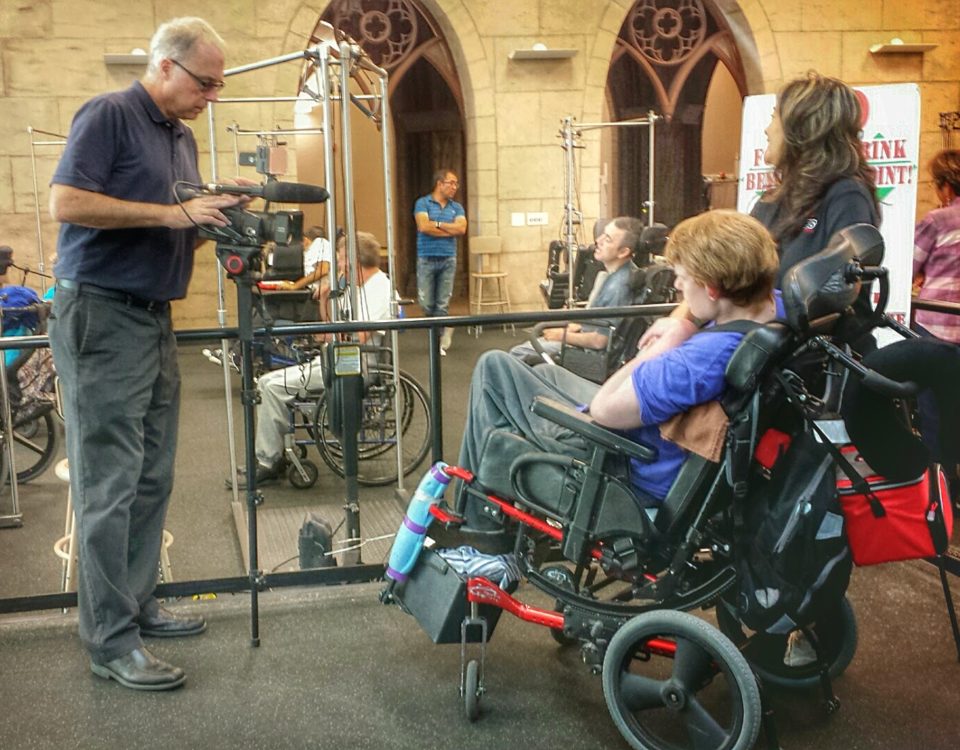- Have any questions?
- 626.335.9794
Is a Daily Activities Video considered cumulative testimony?

Is Legal Video discoverable and useable by opposing parties?
May 11, 2015
Day in the Life Video: Foundation, accuracy, fairness and relevance
May 13, 2015Part 5 of the Day in the Life Video Admissibility Series
Go to previous post of this series: Foundation, accuracy, fairness and relevance
Despite the positive admissibility of day in the life videos in many jurisdictions, certain courts have excluded day in the life videos as duplicative, or cumulative testimony. In Thomas, supra at 571, it was noted that “[t]he court is mindful, in making this ruling, [excluding the video] that not only will the plaintiff be available to testify, but the doctor, the wife, and the therapist. There is nothing to keep them from testifying as to the pain and suffering which they witnessed.” According to the court in Thomas, witness testimony will be adequate to discuss pain and suffering, yet other courts, curiously, decide that the video speaks “better than words.”
The court in Aetna Casualty & Surety Company v. Cooper (Fla.Disct.Ct.App. 1986) 485 So. 2d 1364, 1366, found that day in the life video was cumulative of evidence in the record where plaintiff was able to testify about his loss of enjoyment of life. Similarly, in Butler, the court concluded that the day in the life video was cumulative evidence and not necessary to the suit because of an abundance of competent medical evidence detailing the plaintiff’s injuries. Missouri also followed suit, in Helm v. Wismar, (Mo. 1991) 820 S.W.2d 495, 497, wherein the Missouri Supreme Court excluded the plaintiff’s day-in-the-life video because plaintiff was present in court for the jury’s observation.
In those courts where day in the life videos were found to be cumulative, it appears that the facts in at least some of those cases relied on the issue of ‘availability’. For example, in in Repple v. Barnes Hospital (Mo.Ct.App 1989) 778 S.W.2d 819, the court explains that although the court in Lawton v. Jewish Hospital of St. Louis, (Mo.Ct.App 1984) 679 S.W.2d 370, held that a “Day In The Life” is videotape admissible provided that the nature and extent of plaintiff’s injuries were facts essential to prove plaintiff’s claim and necessary for the jury’s determination of damages, the Repple court, felt that plaintiff’s “ill health prevented him from appearing at trial.” Repple, supra at 823. These courts seem to ignore the fact that a plaintiff’s injuries are not static overtime, and observation in a formal courtroom setting is no substitute for a real life setting.
Go to Part 6 of this series: Discoverable and useable




